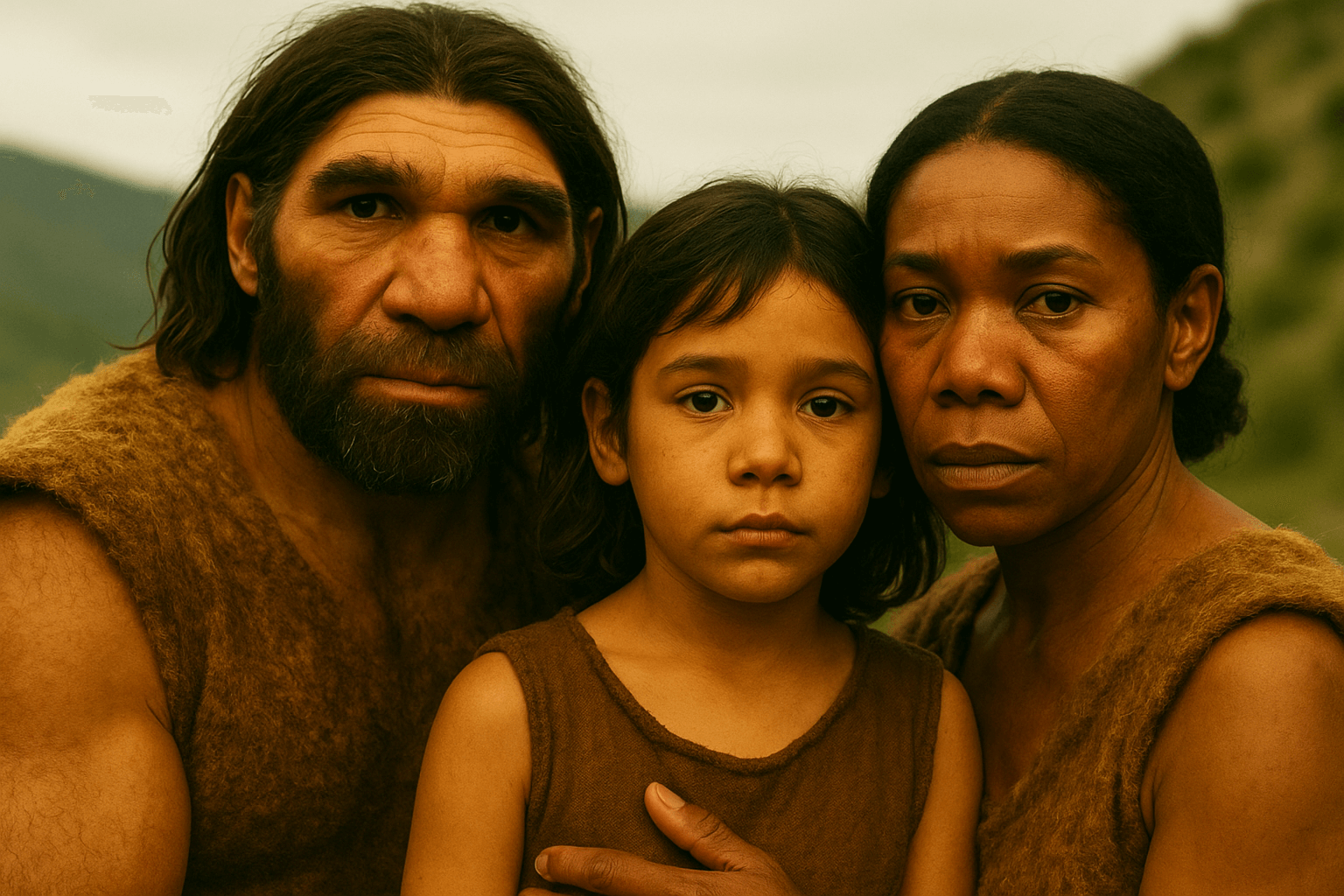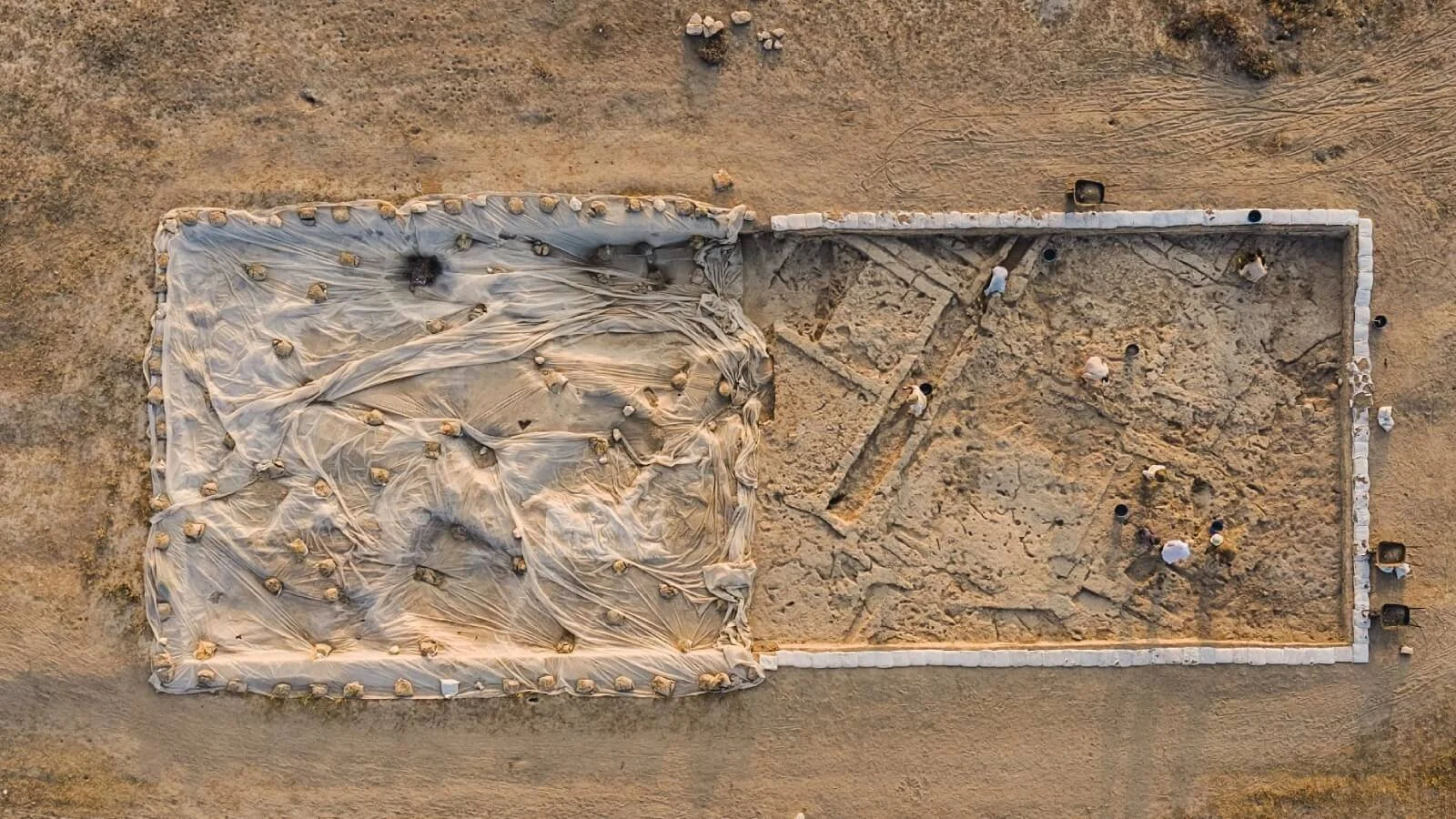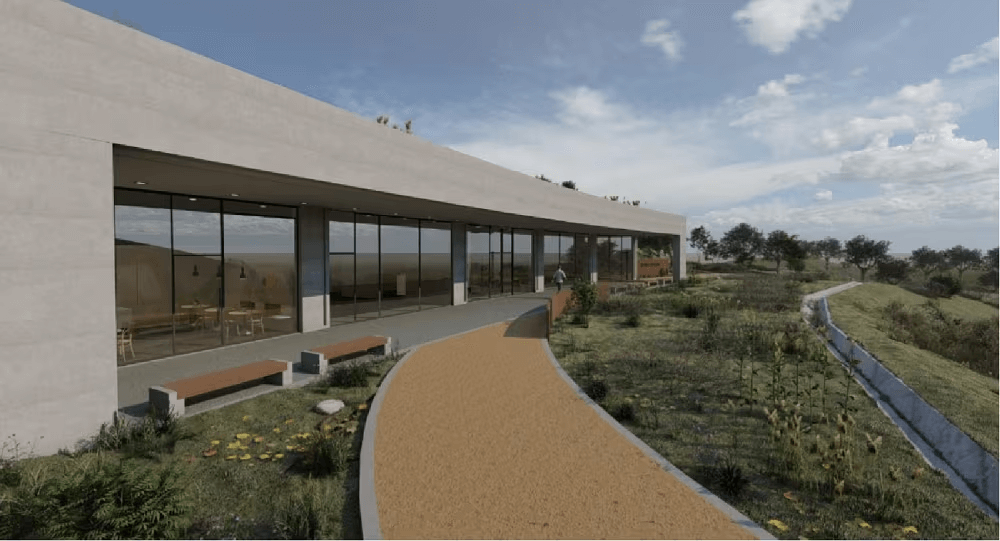Pompeii, a city that Mount Vesuvius' eruption rendered impervious to time, offers a remarkable window into Roman life in the past. Founded in the 7th century BC, Pompeii underwent various cultural influences, from being a Greek colony to flourishing under Roman rule. The city's sophisticated water system, including functional and beautiful fountains, demonstrated both technological ingenuity and an aesthetic appreciation for clean water and city charm.
Mount Vesuvius, mainly viewed as a source of fertile soil and recreation, played an unforeseen role in Pompeii's fate. Despite its civic structures, such as the Tabularium, Comitium, and basilica serving as public centers, and impressive temples like the Temple of Jupiter, Apollo, Vespasian, and Public Lares, Pompeii succumbed to the eruption, burying these structures for over 1500 years.
Manuel Bravo
Pompeii's indulgent public baths, like the Stabian and Forum baths, enriched social life through features like the hypocaust heating system. The city's commercial life was bustling, with general-purpose shops (tabernae) and specialized food and drink stalls (thermopolia) being central to daily life. Meanwhile, Pompeian houses were designed with a perfect blend of functionality and aesthetic appeal, with spaces like the atrium, cubicula, and peristylum serving specific purposes.
Manuel Bravo
The architectural styles in Pompeii evolved with time, distinctive of different periods and reflective of shifting cultural and artistic values. According to Pliny the Younger, the catastrophic eruption preserved Pompeii, resulting in the creation of a melancholy, frozen tableau of ancient Roman life. Today, Pompeii's legacy serves as a poignant reminder of the impermanence of civilizations and the resilience of human creativity and urban development. Amidst the tragedy, the city's remains offer inspiration, emphasizing the importance of creating cities that reflect humanity's best attributes.









